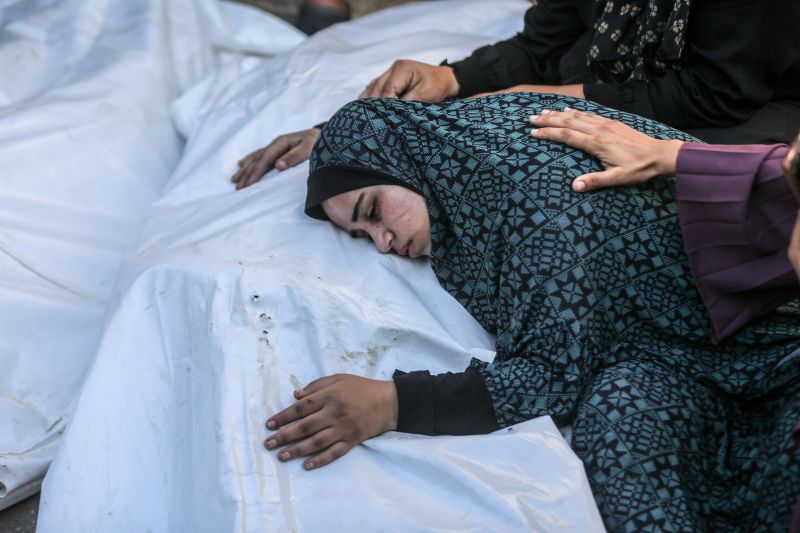While conflict has long been a recurring theme in the Middle East, the recent figures from the Ministry of Health in Gaza underscore a heartbreaking reality. More than 40,000 Palestinians have been killed in a period of 10 months in a vicious cycle of violence that has gripped the nation.
It is important to understand the nature of the conflict in the Gaza strip. A small, densely populated strip of land bordering the Mediterranean Sea, Gaza has become a flashpoint in the complex and decades-long Israeli-Palestinian conflict. Home to nearly two million Palestinians, Gaza has been subjected to numerous blockades, air strikes, and ground invasions over the years, resulting in an almost inescapable cycle of violence that has severely impacted its civilian population.
According to the latest statement from the Gaza health ministry, over 40,000 Palestinians have lost their lives in the last 10 months alone. This alarming figure is more than just a grim statistic. Each life lost represents an individual – a father, a mother, a sibling, or a child – and each death leaves a void that can never be filled.
Many of these deaths are a result of direct violence, including airstrikes and artillery shelling. But a significant number also occur indirectly. The Israeli blockade of Gaza, in place for over a decade, restricts the movement of goods and people into and out of the territory. This has severely hindered medical services and supplies, leading to a crisis in healthcare. Diseases that would normally be treatable become lethal, and illnesses that could be prevented remain rampant.
In addition to the lives lost, countless more are adversely affected. Thousands are injured or permanently maimed, their lives altered irrevocably. Families are displaced, homes razed to the ground, dreams shatter, and futures hang in the balance. Over half of Gaza’s population, especially children, live in severe poverty, not knowing where their next meal will come from.
The ramifications of such widespread violence and deprivation are far-reaching. The psychological toll it exacts on the survivors is immeasurable. Many suffer from post-traumatic stress disorder (PTSD), depression, and other mental disorders resulting from the constant exposure to violence and instability. The atrocities and daily struggle for survival breed profound despair, and a sense of hopelessness pervades.
The alarming entity isn’t just the number of lives lost, but also the absence of an immediate solution to the state of affairs. The persisting conflicts, the escalating violence, and a seemingly endless cycle of retaliation propagate despair and impede the possibility of attaining peace.
The international community has a critical role to play in mediating a sustainable solution, promoting dialogue and supporting initiatives that aim at fostering peace. Only through international cooperation and a collective commitment to human rights can the dire situation in Gaza improve.
The harrowing figure of 40,000 deaths within 10 months revealed by the Gaza health ministry is not just a scathing indictment of the current state of affairs. It is a call to action, an urgent plea for peace, and an appeal to global conscience, one that cannot be ignored.




